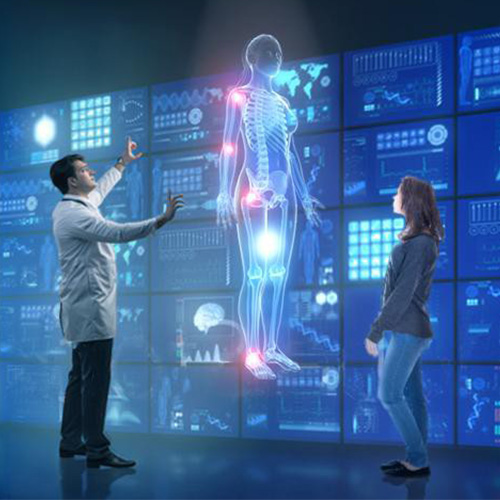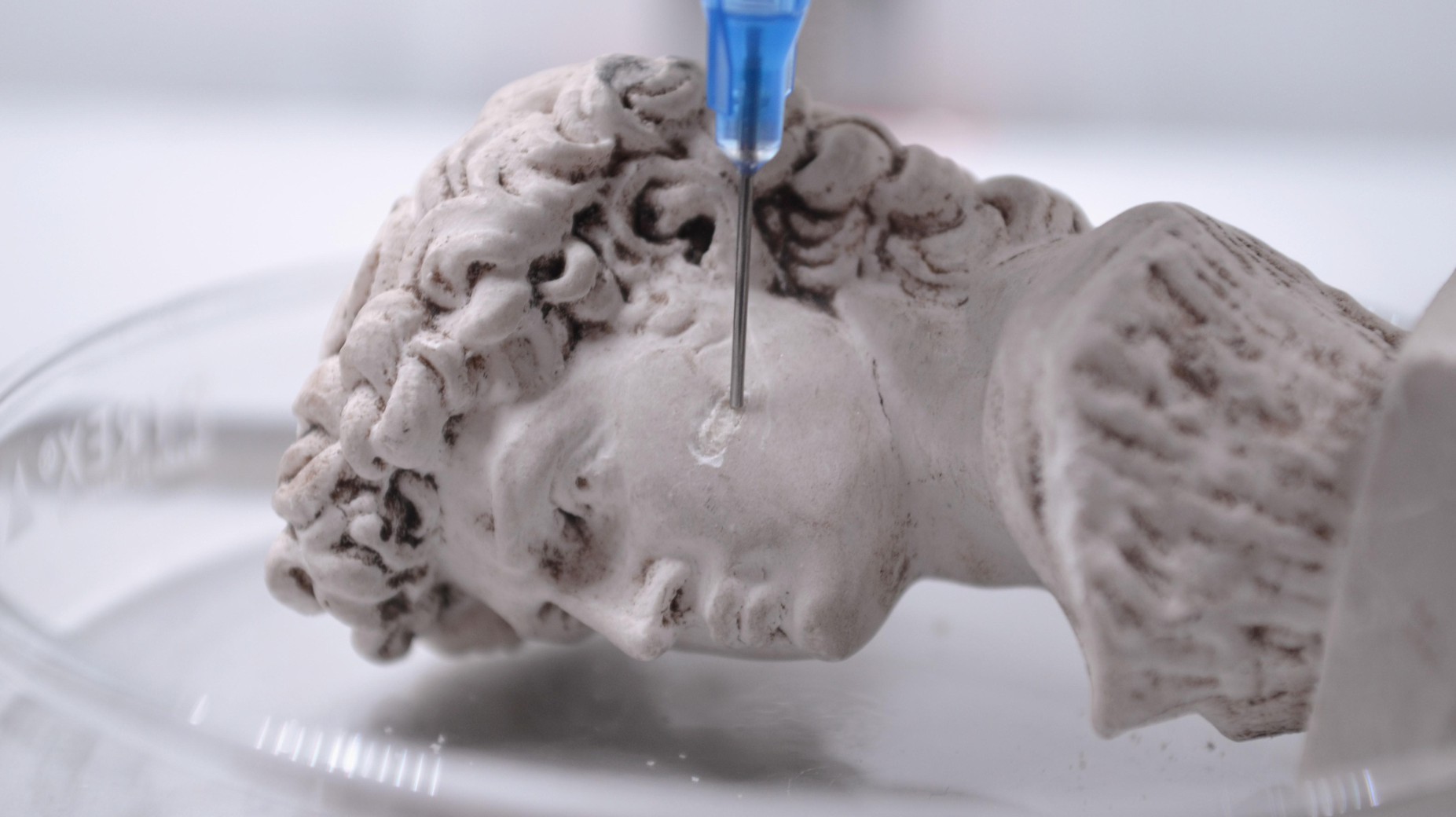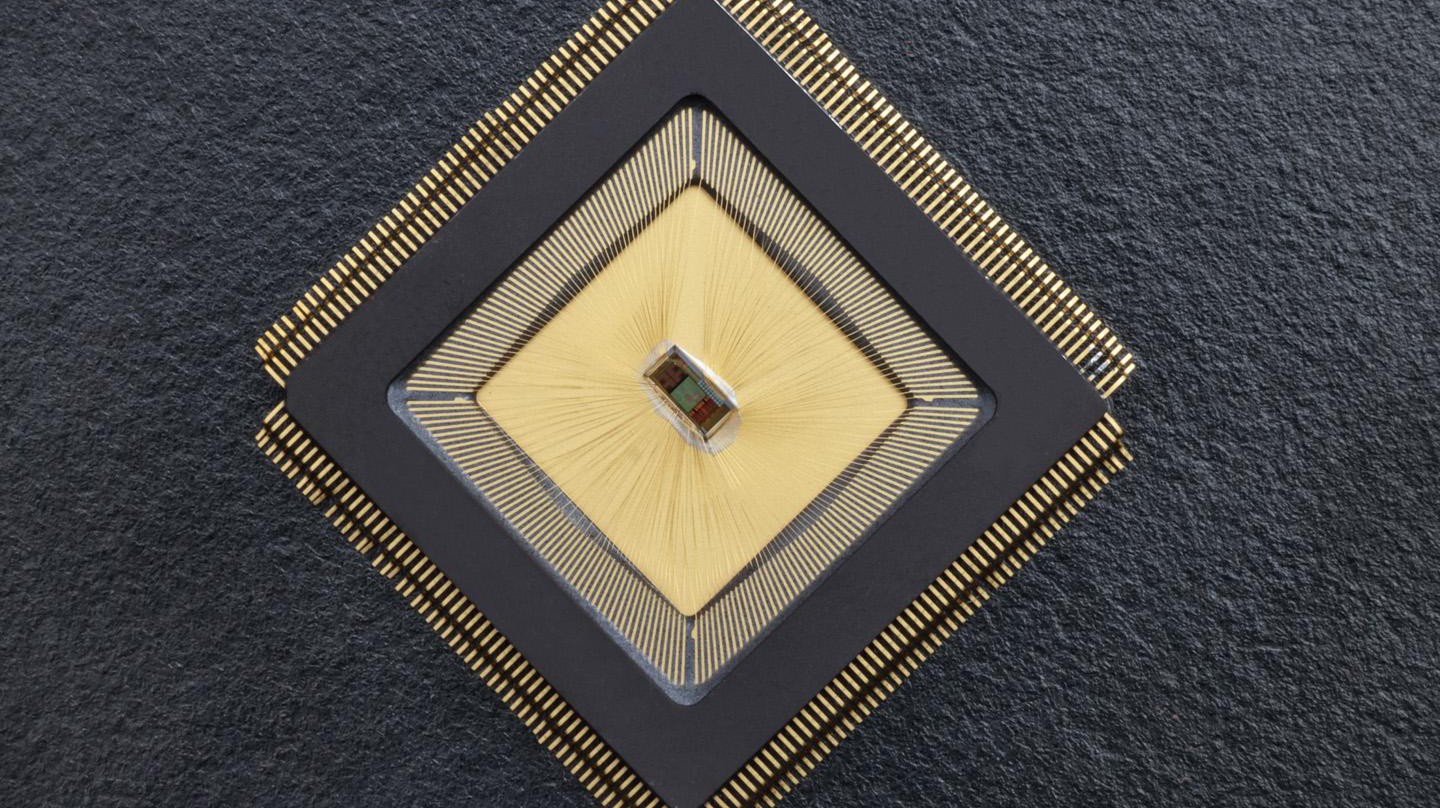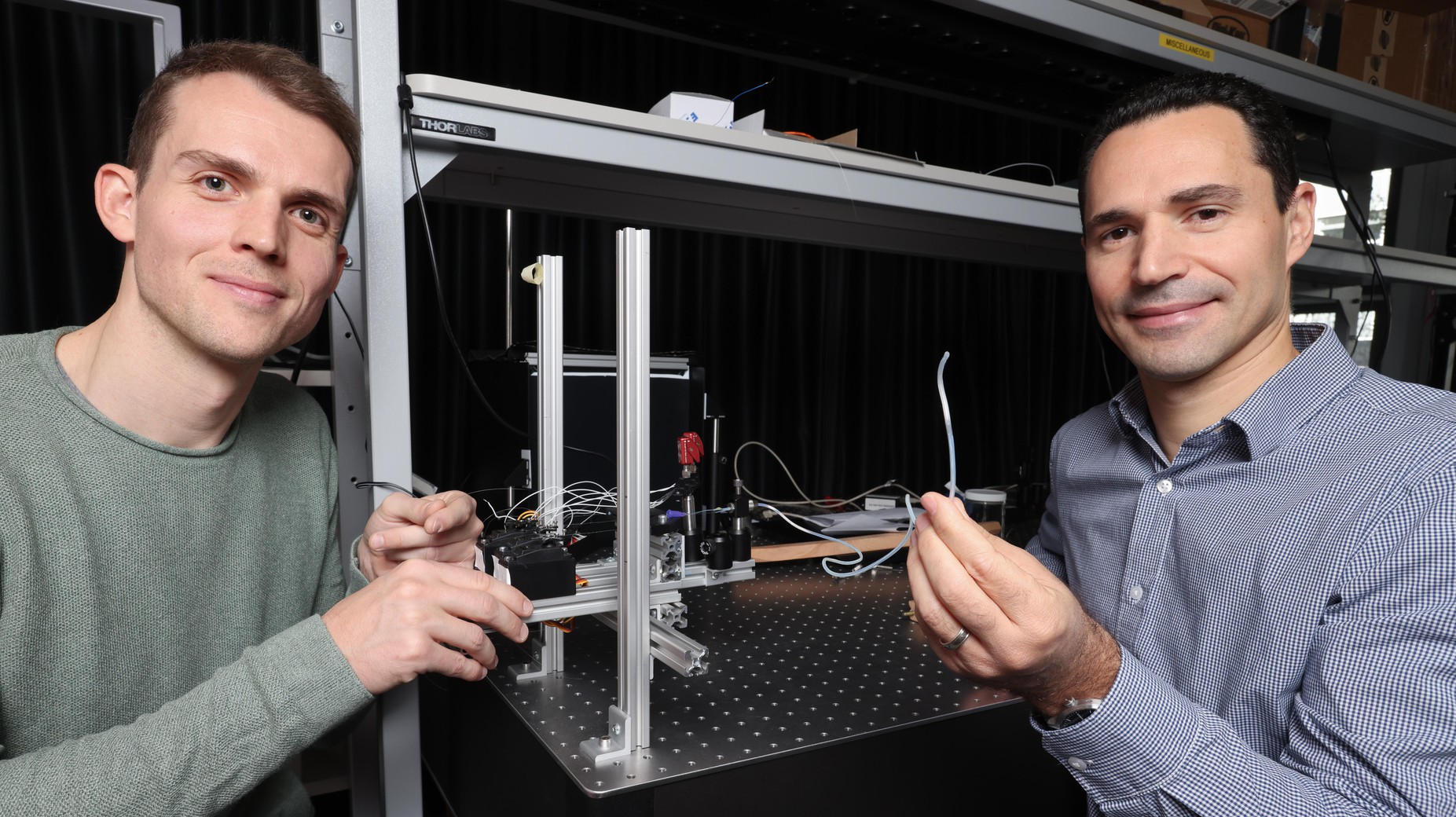Engineering in the Life and Health Sciences
The combination of miniaturized and invasive technologies is driving engineering and the life and health sciences closer together. Our School is leading in generating new science, discovery, and treatment possibilities in this domain, including work on drinkable electronics, lab-on-a-chip, medical imaging, personalized health, bioMEMS, assistive robotics, biomechanics, artificial muscles, immunoengineering, tissue engineering, biomaterials, and soft materials.

Related news

3D printing with bacteria-loaded ink produces bone-like composites
EPFL researchers have published a method for 3D-printing an ink that contains calcium carbonate-producing bacteria. The 3D-printed mineralized bio-composite is unprecedently strong, light, and environmentally friendly, with a range of applications from art to biomedicine.

A neuro-chip to manage brain disorders
EPFL researchers have combined low-power chip design, machine learning algorithms, and soft implantable electrodes to produce a neural interface that can identify and suppress symptoms of various neurological disorders.

Steerable soft robots could enhance medical applications
Borrowing from methods used to produce optical fibers, researchers from EPFL and Imperial College have created fiber-based soft robots with advanced motion control that integrate other functionalities, such as electric and optical sensing and targeted delivery of fluids.
Related news
-

EPFL researchers have published a method for 3D-printing an ink that contains calcium carbonate-producing bacteria. The 3D-printed mineralized bio-composite is unprecedently strong, light, and environmentally friendly, with a range of applications from art to biomedicine.
-

EPFL researchers have combined low-power chip design, machine learning algorithms, and soft implantable electrodes to produce a neural interface that can identify and suppress symptoms of various neurological disorders.
-

Borrowing from methods used to produce optical fibers, researchers from EPFL and Imperial College have created fiber-based soft robots with advanced motion control that integrate other functionalities, such as electric and optical sensing and targeted delivery of fluids.
